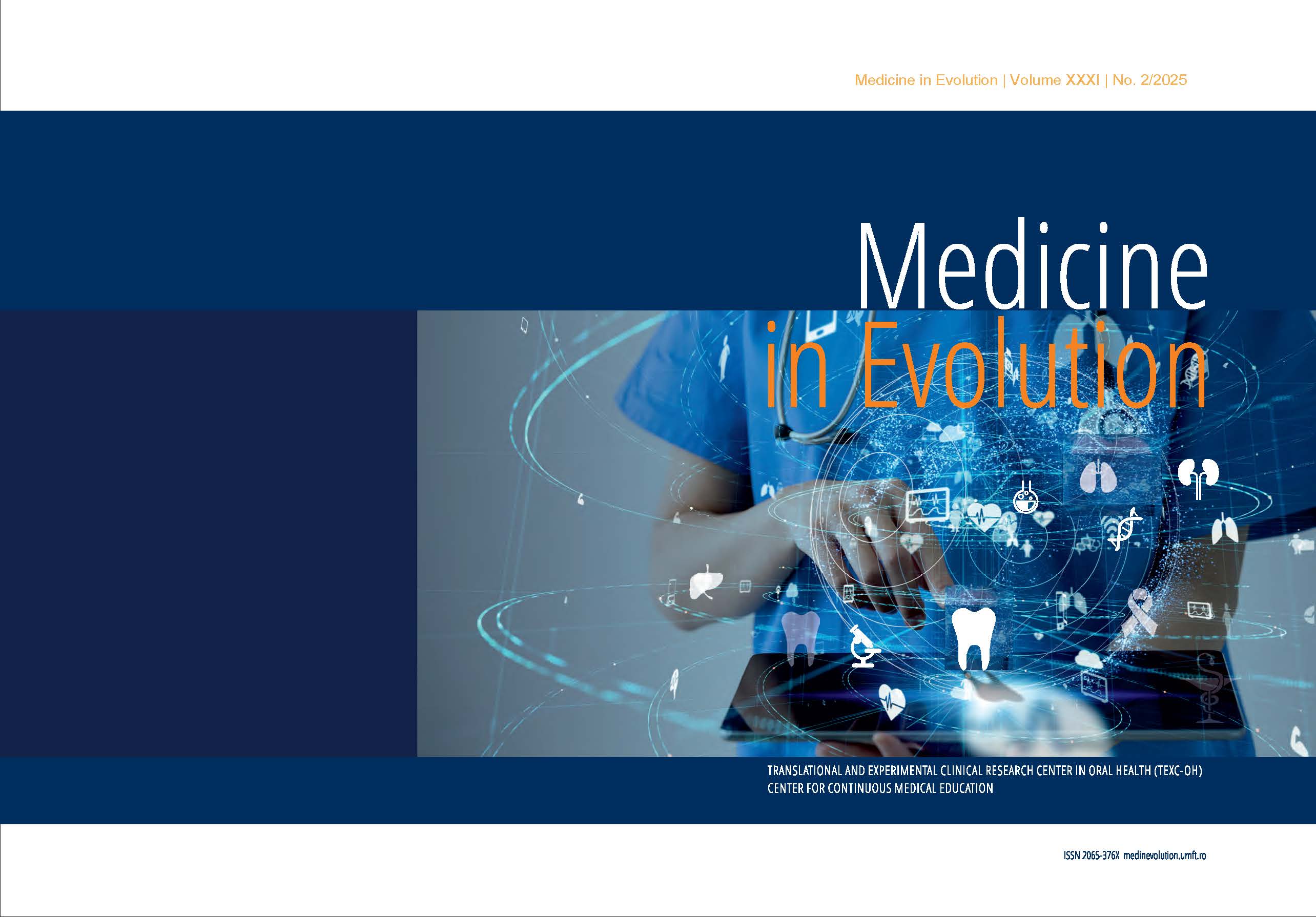Use of Electronic Imaging Programs in Dental Practice
Main Article Content
Abstract
1.Background/Objectives: Digital radiography has continuously evolved as an innovative technology in dental imaging for nearly two decades. Digital radiography sensors are divided into: storage phosphor plates (SPPs) called photostimulable phosphor plates (PSPs), silicon devices such as charge-coupled devices (CCDs) or complementary metal oxide semiconductors (CMOS). Digital imaging programs facilitate precise treatment planning by providing detailed images that can be easily manipulated and analyzed 2.Methods: The study period February to March 2025 with a study area of urban and peri-urban areaApproach method: 125 questionnaires were distributed to dentists practicing in urban and peri-urban area, 98 completed questionnaires were returned only 78 questionnaires remained in the study and 20 questionnaires were discarded due to incomplete completion or non-use of electronic medical imaging programs in current medical practice 3.Results: 46% of the doctors work in large private dental clinics, 40% in small private dental clinics and 14% in individual practices, Approximately 55% of respondents reported using electronic imaging programs frequently (more than 50% of the time) in the dental office on a daily basis, while 22% reported using them moderately (between 25% and 50% of the time), 12% use them always and 11% use them only occasionally (less than 25% of the time). 4.Conclusion: Electronic imaging programs offer numerous benefits, including enhanced diagnostic accuracy, more effective treatment planning, improved communication with patients, and streamlined image storage and retrieval.
Article Details

This work is licensed under a Creative Commons Attribution 4.0 International License.
